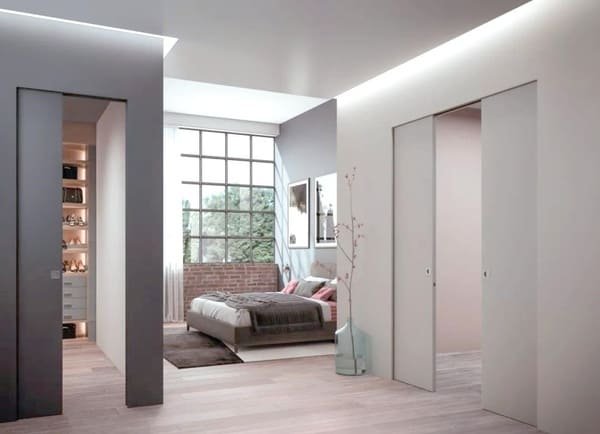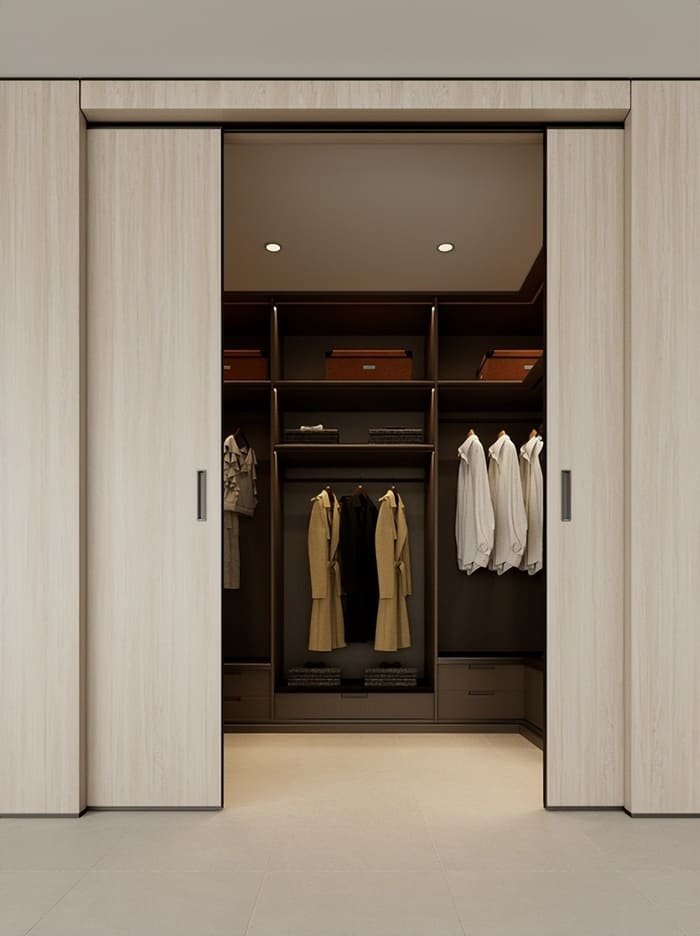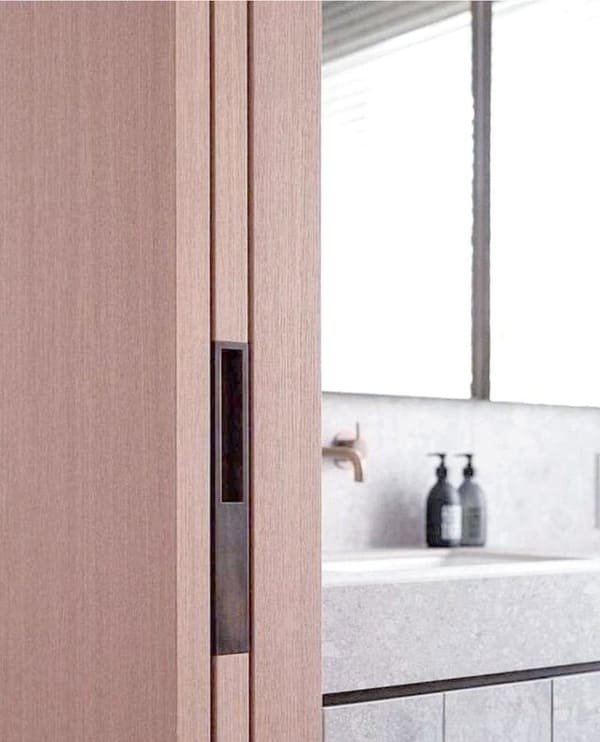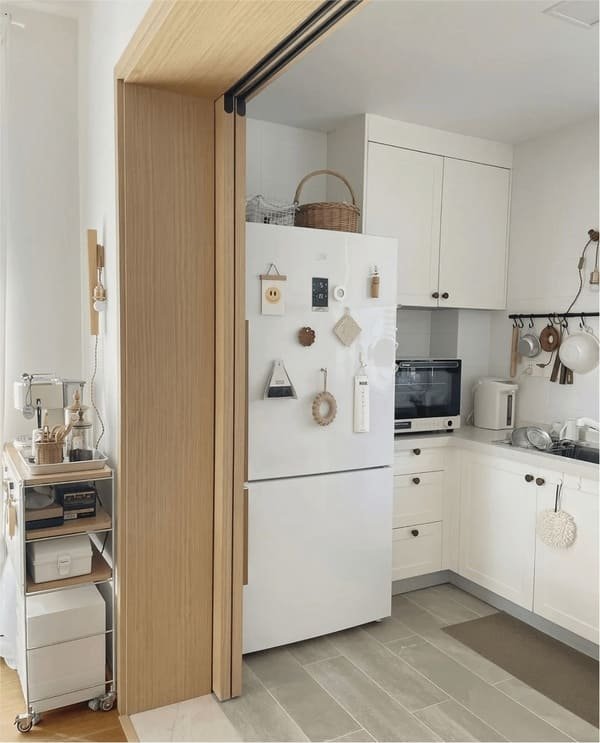Are you struggling to source the right pocket door kit for your project? Choosing wrong can lead to installation headaches and poor performance, making a simple space-saver into a major problem.
To buy pocket door kits from experienced suppliers, first research and vet their credibility through reviews and company history. Then, select a kit that fits your door size, weight, and wall space. Always consult with the supplier for technical advice before placing your order to ensure success.

When I first started in this business, I saw many contractors frustrated by mismatched parts and low-quality hardware. It taught me that the buying process is just as important as the product itself. Finding a supplier you can trust, one who knows the technical details inside and out, is the key. They don’t just sell you a box; they provide a solution. Let’s walk through the exact steps to make sure you get it right every time, from understanding costs to choosing the best hardware for your needs.
What’s the average cost to install a pocket door?
Worried about the real cost of installing a pocket door? The price on the box is just the beginning, and hidden labor charges can quickly ruin your project’s budget.
The average cost to install a pocket door can range from $400 to over $2,500. This cost varies based on whether it’s a new build or a retrofit, local labor rates, and if you need to move any electrical or plumbing within the wall.

The final price tag for a pocket door installation has a few moving parts. As a hardware manufacturer, I help my clients—people like purchasing managers and contractors—understand these costs so they can price their own services accurately. The biggest factor is the labor. A simple installation in a new, open wall is much cheaper than retrofitting one into an existing wall. Retrofitting means cutting open drywall, possibly dealing with existing studs, and then patching, sanding, and painting everything afterward.
Here’s a simple breakdown of what to expect:
Key Cost Factors
| Factor | New Construction | Retrofit in Existing Wall |
|---|---|---|
| Kit Cost | $100 – $500+ | $100 – $500+ |
| Labor | Lower (part of general framing) | Higher (demolition & repair needed) |
| Wall Work | Minimal | Drywall removal, repair, patching, painting |
| Obstructions | Easy to plan around | May require an electrician or plumber |
If the wall is load-bearing, you’ll need to install a header, which adds significant cost and complexity. My advice to customers is to always factor in the "what-ifs," especially with retrofits1. For my B2B clients, this information helps them manage their own customers’ expectations. They can explain that a high-quality kit2 from opensliding, while an upfront investment, reduces future repair costs that far exceed the initial savings of a cheaper alternative.
What to look for when buying a pocket door?
Are you overwhelmed by all the pocket door kit options? A cheap or poorly chosen kit can lead to a wobbly, noisy door that jams or fails completely down the line.
When buying a pocket door kit, focus on a solid steel-wrapped or all-steel frame, a high-quality aluminum track, and ball-bearing rollers. Most importantly, ensure the kit’s weight capacity exceeds the weight of your door slab for smooth, long-lasting operation.

I’ve been manufacturing these systems for years, and I can tell you that the magic is in the hardware you can’t see. A heavy, beautiful door is useless if it runs on a flimsy track with cheap plastic rollers. It will grind, stick, and eventually fail. When my clients ask for advice, I tell them to inspect the core components. The quality of these parts determines whether the door will glide silently for a decade or become a headache in a year.
Here is what you should examine closely:
Critical Components to Evaluate
| Component | What to Check | Why It Matters |
|---|---|---|
| Track | Material (extruded aluminum1 is best) and shape. | A strong, warp-resistant track ensures the door glides smoothly without derailing. Aluminum won’t rust. |
| Rollers/Hangers | Ball-bearing wheels, number of wheels per roller. | Ball bearings provide a quiet, effortless glide. More wheels distribute the door’s weight better, reducing wear. |
| Frame | Steel-wrapped studs or all-steel construction. | A rigid frame prevents the wall from bowing or flexing, which can cause the door to jam. |
| Weight Capacity | The maximum door weight the kit can support. | Always choose a kit rated for more than your door’s actual weight. This is the most common point of failure. |
| Features | Availability of soft-close or soft-open mechanisms. | These add a premium, quiet touch and prevent slamming, which protects the door and frame over time. |
At opensliding, we design our kits with these principles in mind. We use heavy-duty extruded aluminum3 tracks and three-wheel, ball-bearing hangers even in our standard kits. It ensures that whether you’re a door factory or a contractor, the product you install will be reliable and reflect well on your work.
What is the disadvantage of a pocket door?
Thinking about a pocket door but worried about the hidden downsides? Ignoring the potential drawbacks now can lead to major frustration and regret after the installation is complete.
The main disadvantages of a pocket door are complex installation and difficult repairs, as the track is hidden in the wall. The wall cavity also becomes hollow, limiting your ability to hang heavy items or place electrical switches and outlets.

While pocket doors are fantastic space-savers, they aren’t perfect for every situation. I always believe in being honest with my customers about the trade-offs. The biggest concern I hear is about maintenance. If a roller fails or the track gets damaged on a cheap kit, fixing it means cutting open the wall again. It turns a small repair into a construction project.
This is exactly why investing in a high-quality system from the start is so important. A well-built kit from a reliable factory like ours minimizes the risk of failure.
Let’s break down the main disadvantages:
- Complex Installation: As we discussed, retrofitting a pocket door is not a simple DIY job. It requires precision and experience to ensure the frame is perfectly level and plumb inside the wall.
- Difficult Repairs: The track and rollers are inaccessible. If you choose a low-quality kit and a roller jumps the track or breaks, you have a big problem. My advice is to pay for quality upfront to avoid this. Our opensliding systems feature easy-to-remove rollers that can sometimes be serviced without opening the wall.
- Hollow Wall Weakness: You cannot hang a heavy mirror, a TV, or even shelving on the wall section where the door retracts. You also can’t place electrical outlets or light switches there without special, shallow boxes.
- Less Privacy: Pocket doors typically don’t seal as tightly as traditional swing doors. This means more light and sound can pass through. While we offer brush strips and rubber seals to help, they may not provide the same level of soundproofing as a solid-core swing door.
Knowing these limitations helps you set the right expectations and make the best choice for your space.
Is it reliable to purchase pocket door kits from Chinese suppliers?
Are you hesitant about sourcing pocket door kits from China? Fears about quality control, difficult communication, and shipping delays can make anyone pause before placing an order.
Yes, sourcing from China is very reliable when you partner with a reputable, experienced manufacturer like opensliding. The key is to vet your supplier by checking their factory history, quality certifications, production lines, and customer reviews to ensure they meet your standards.

As the owner of a factory in China, I understand the hesitation. For years, the market has been flooded with low-quality products from trading companies, not real factories. But the manufacturing landscape has changed. Today, specialized factories like mine, opensliding, are built on quality, innovation, and long-term partnerships. We aren’t just selling a product; we are offering a complete supply chain solution. For a professional buyer like ailis in Canada, partnering directly with us means cutting out the middleman and getting better value and control.
Sourcing from a proven Chinese factory offers huge advantages, especially for B2B buyers like door factories, distributors, and contractors. You gain access to cost-effective production without sacrificing quality. We also offer extensive customization (ODM/OEM), so you can get products with your own branding.
To ensure you’re working with a reliable partner, use this checklist:
Vetting a Chinese Supplier Checklist
| Criteria | What to Look For | Why It’s Important |
|---|---|---|
| Business Type | "Manufacturer" or "Factory," not "Trading Company." | You get direct communication, better prices, and more control over quality and customization. |
| Experience | 10+ years in manufacturing and exporting. | An experienced factory understands international quality standards, logistics, and communication needs. |
| Certifications | ISO 9001 for quality management. | This shows a commitment to a consistent, documented process for producing high-quality goods. |
| Communication | Responsive, clear, and professional English-speaking sales team. | Good communication prevents misunderstandings about specifications, pricing, and shipping. |
| Online Presence | A professional website (like www.opensliding.com), Alibaba Gold Supplier status. | A strong online presence shows they are an established, transparent, and serious business. |
| Sample Policy | Willingness to send samples for quality evaluation. | Never place a bulk order without first testing the product yourself. |
By following this process, you can confidently and reliably source high-quality pocket door kits that meet your budget and quality requirements.
Conclusion
Sourcing the right pocket door kit is about smart research and choosing a trusted partner. Focus on quality hardware and vet your supplier carefully. A reliable factory makes all the difference.
This resource will provide insights into the complexities and costs of retrofitting, essential for informed decision-making. ↩ ↩
Exploring this link will help you understand how investing in quality kits can save money on future repairs. ↩
Explore the advantages of extruded aluminum for sliding doors, including durability and resistance to rust, ensuring long-lasting performance. ↩

